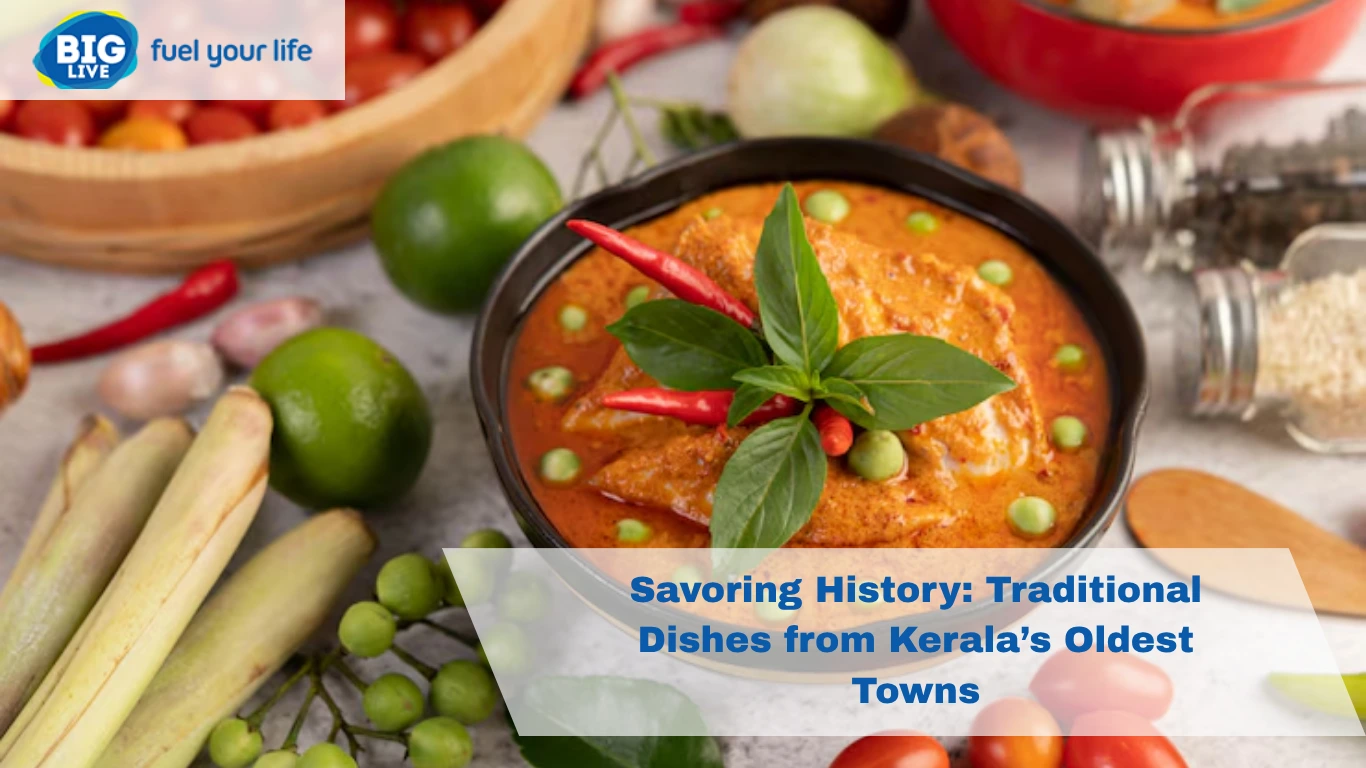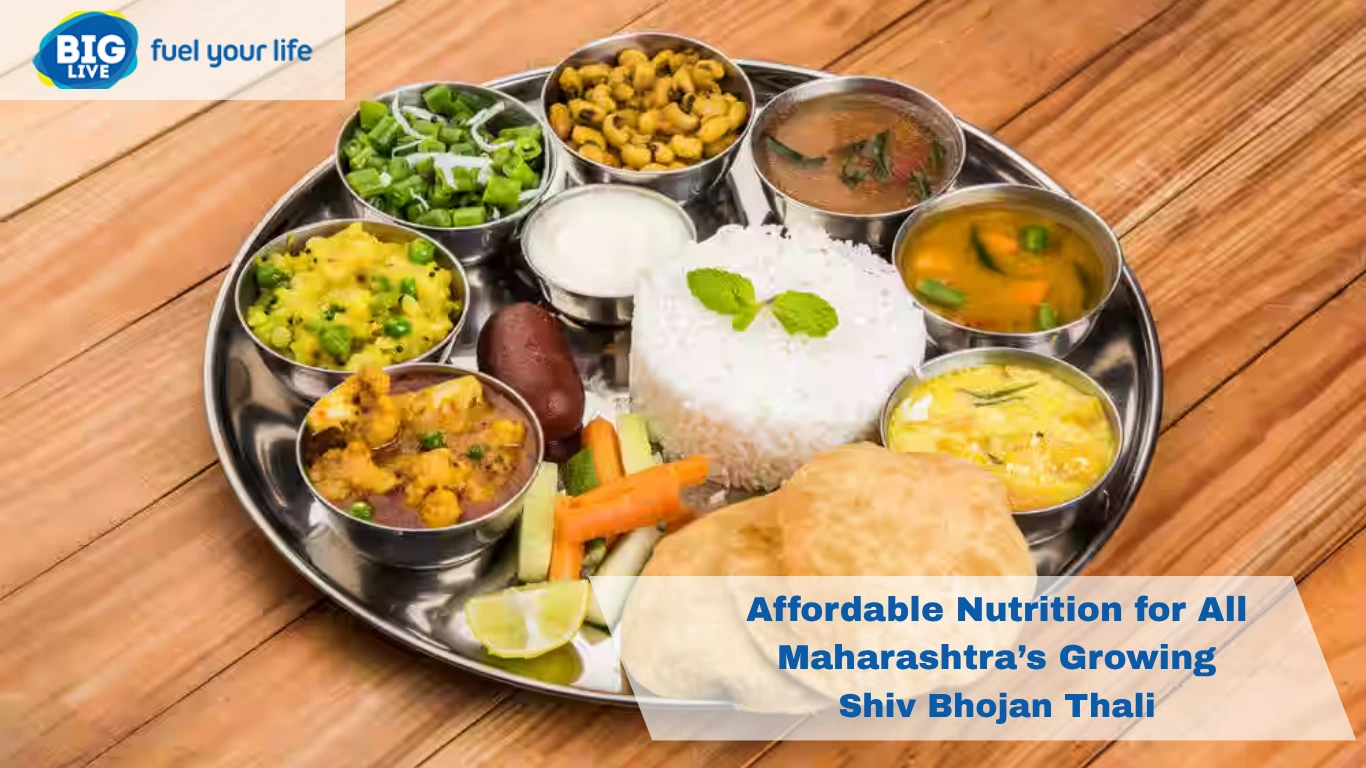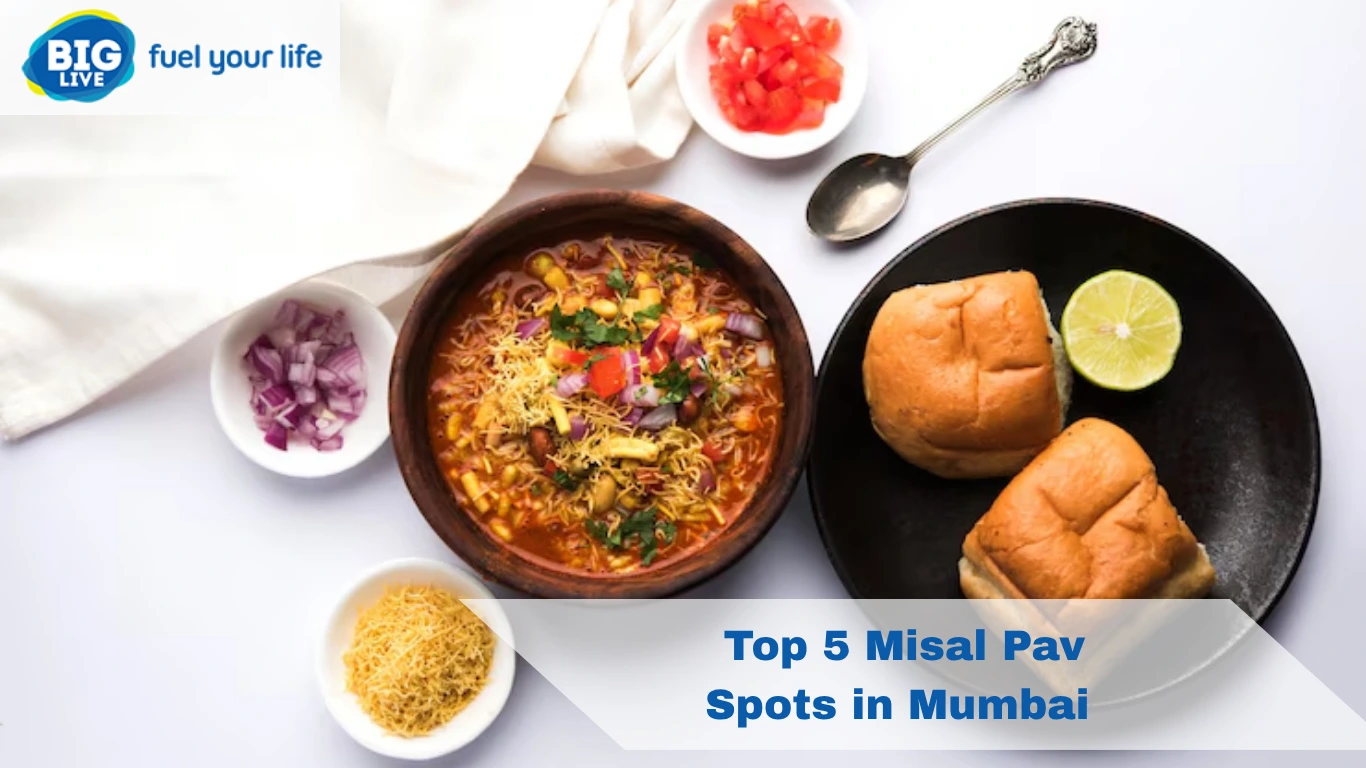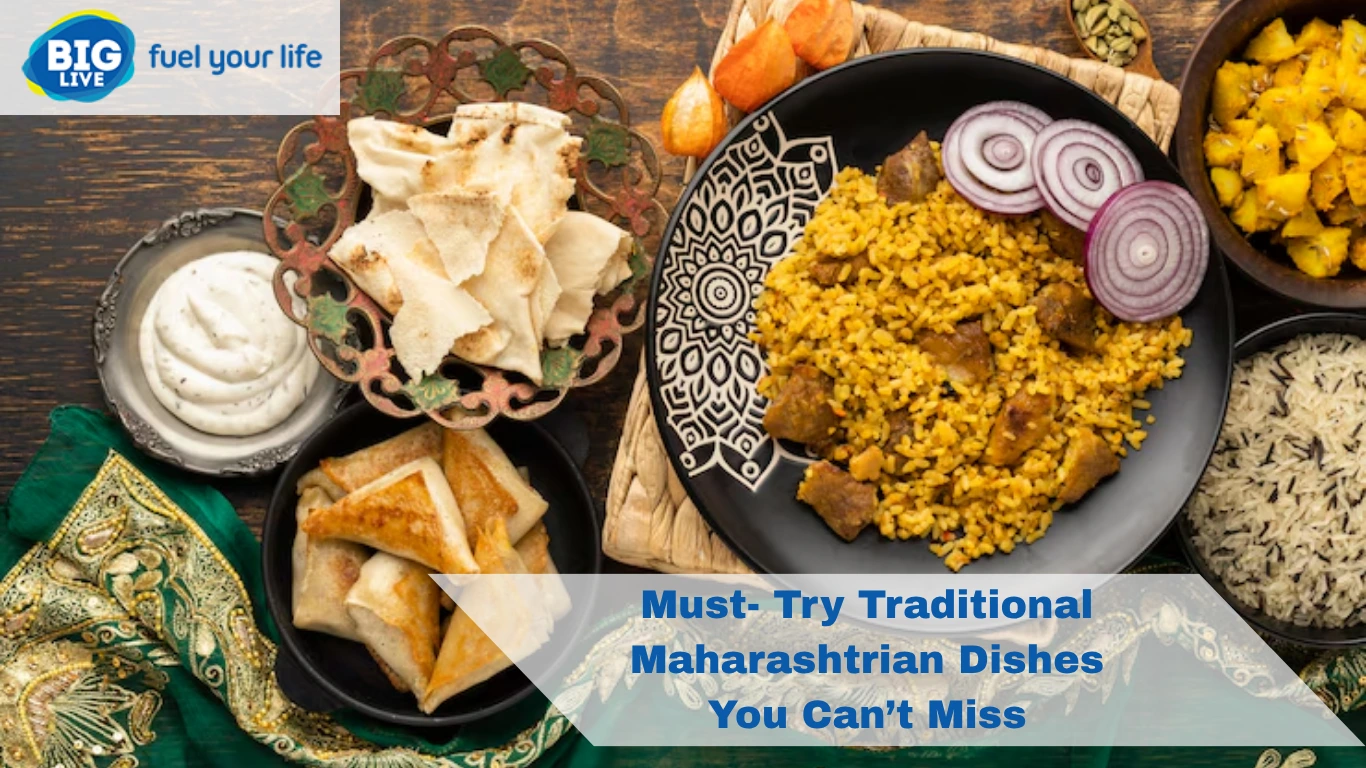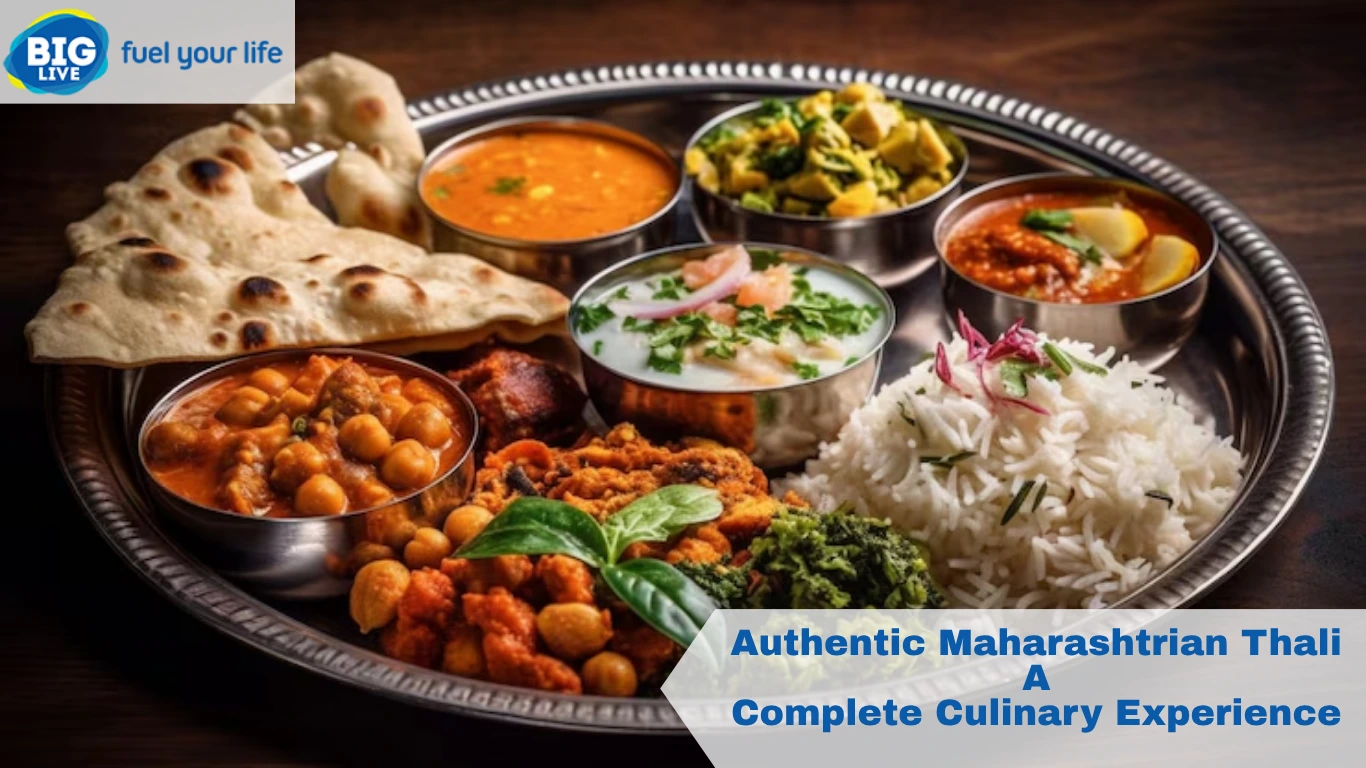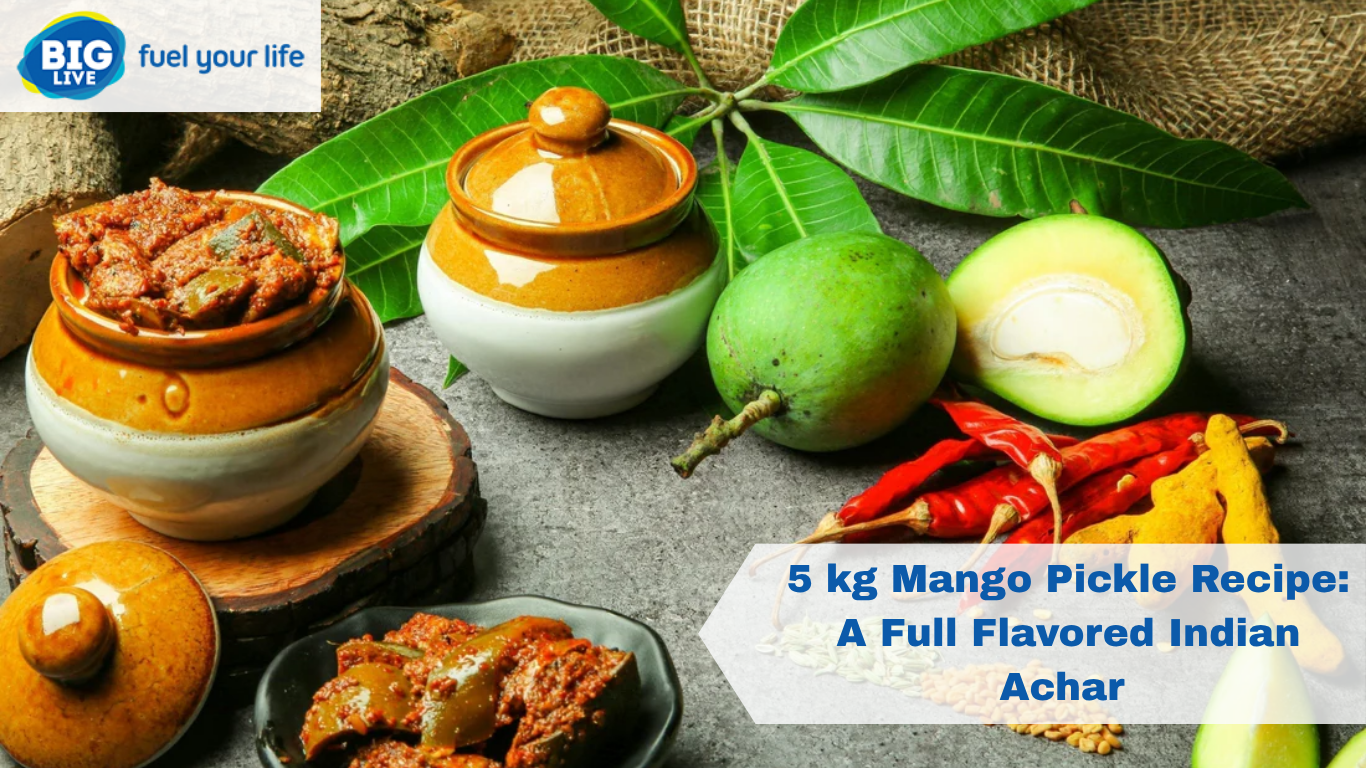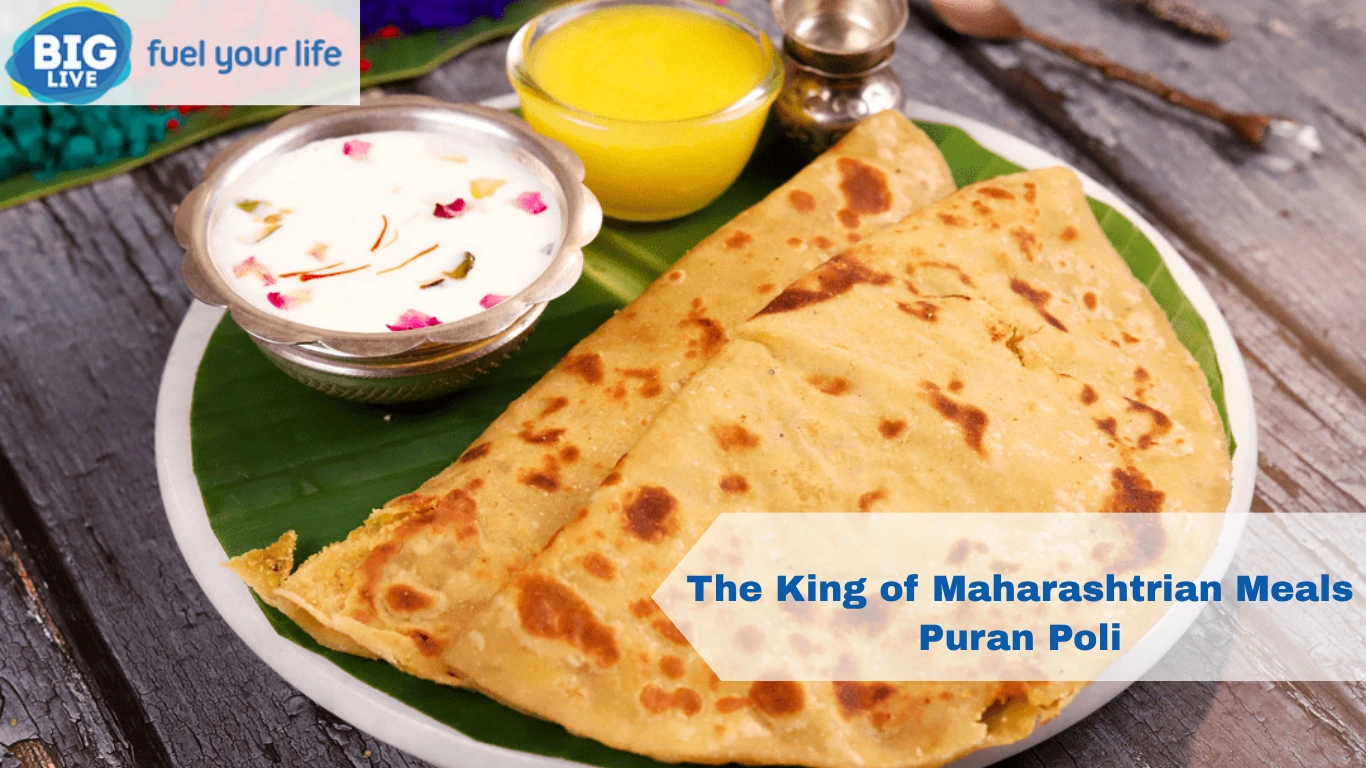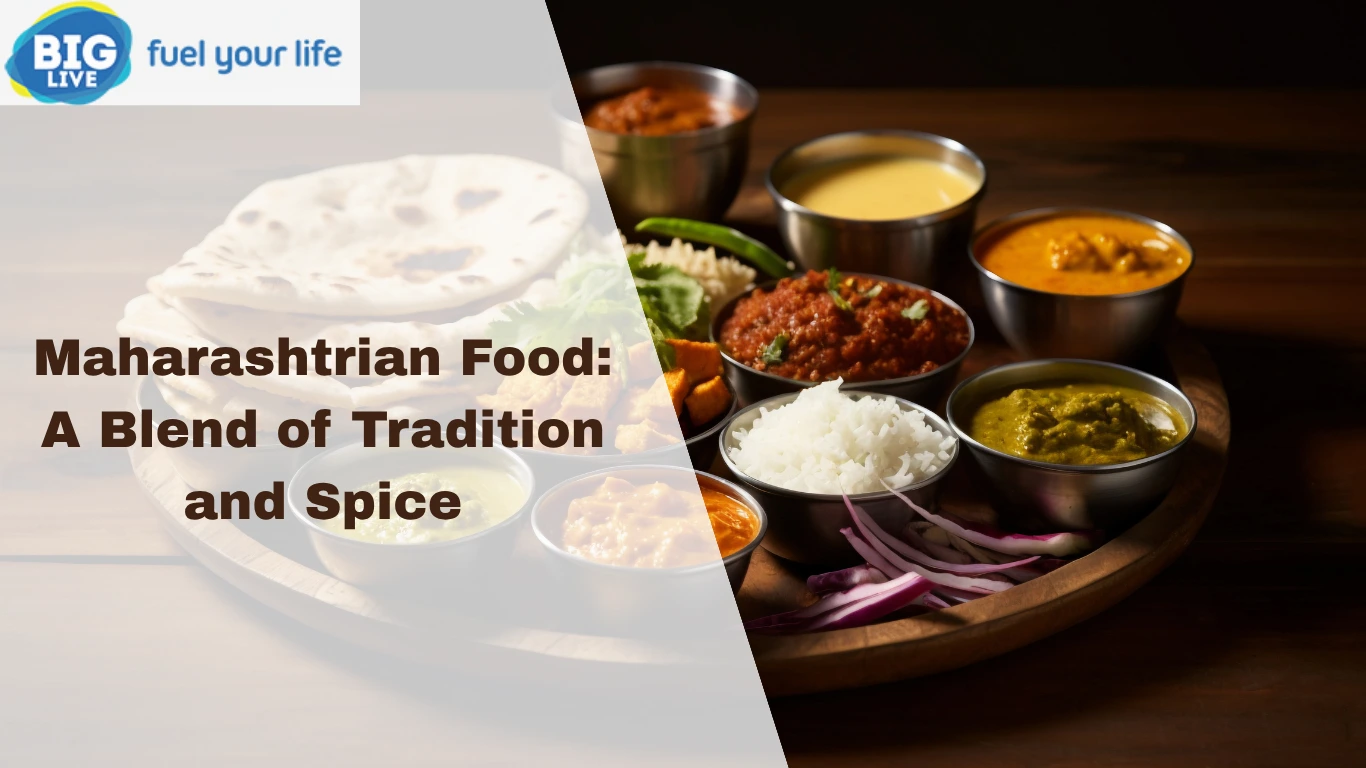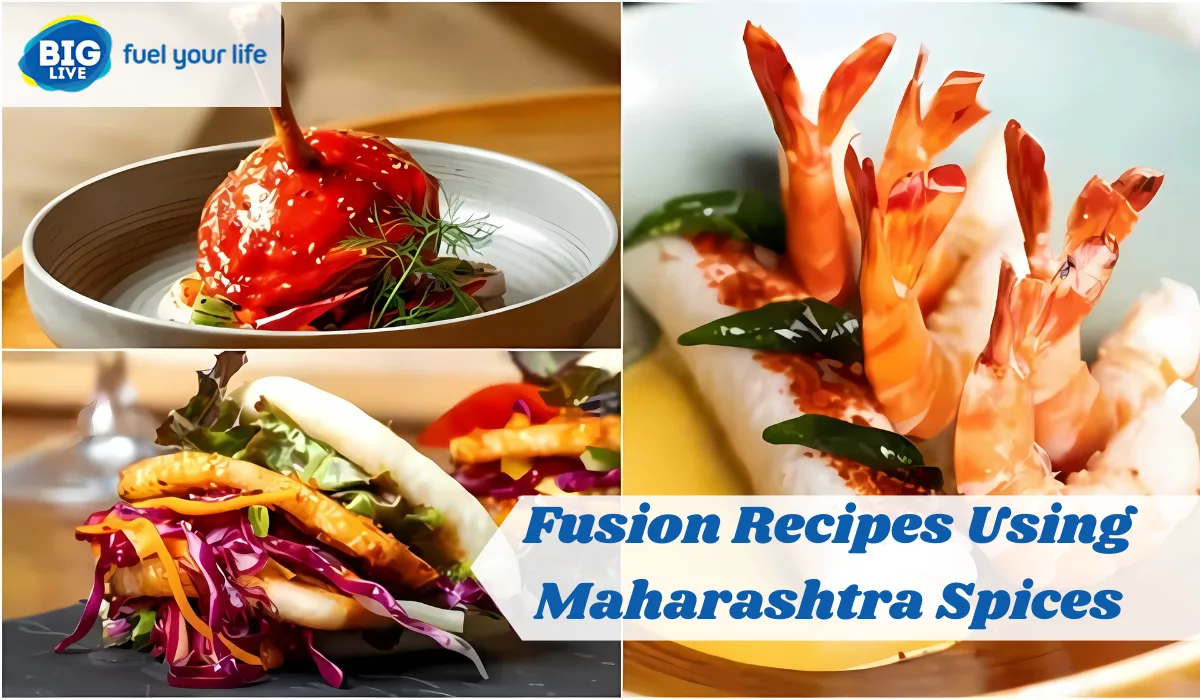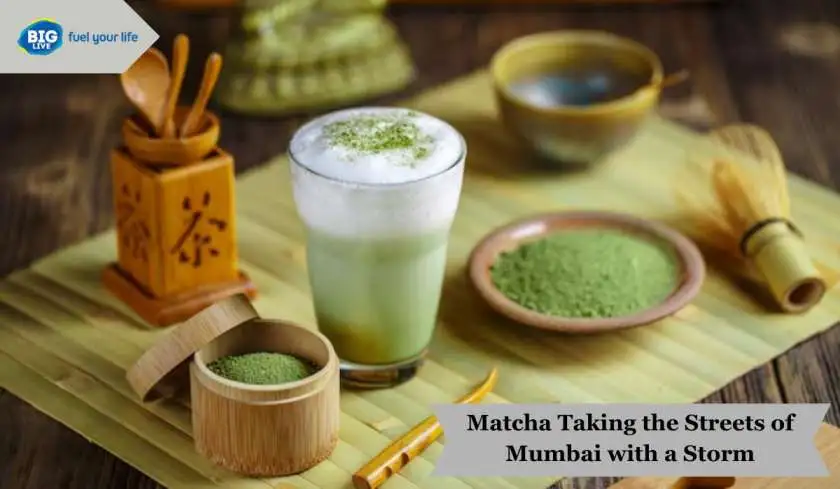If you’ve ever had a bite of warm banana leaf-wrapped rice in a Kerala home, then you know. That feeling — the spice, the steam, the coconut oil — it sticks. And if you haven’t? Well, maybe this is your nudge.
Because in Kerala, especially in the old towns — I’m talking Thalassery, Kodungallur, Kollam, and Palakkad — food isn’t just food. It’s time travel. It’s stories.
It’s old women whispering recipes and temple cooks stirring huge pots of curry while the monsoon drums on the roof. And know this is how we savor history.
Thalassery Biryani: A Bold Flavorful Delight That Stands Out
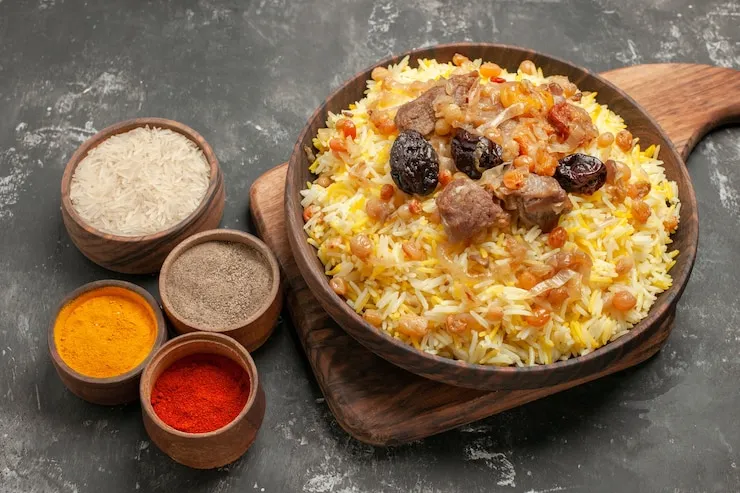
Let’s start there. You’ve heard of biryani. Everyone has. But Thalassery biryani is its own beast.
They use Kaima rice. Not long-grain. Not fancy. Just local, short, fat grains that soak up flavor like they were made for it. The meat? Oh, it’s not swimming in oil or colored yellow. It’s delicate. Light, even. But the taste hits. Hard.
I once had it at a wedding in Thalassery. Middle of a banana plantation. The smell reached before the plates did. Ghee, cinnamon, cloves. Someone served it with a dates pickle and a boiled egg.
People there don’t cook it for fun. It’s made for moments — festivals, marriages, even deaths sometimes. You don’t measure ingredients. You go by smell. Taste. Memory.
Kodungallur: The Historic Spice Port and Its People
This one’s old. Real old. Once called Muziris, traders came here before most cities even had names. So yeah, flavor runs deep.
They do fish like no one else. Especially Meen Vevichathu. Which, okay, is just red fish curry. But no, not just. It’s made with kudampuli, that is black sour dried fruit. No tomatoes. Just chilli, coconut oil, and a kind of fire that doesn’t leave your tongue for hours.
It’s the kind of dish you eat with kappa — tapioca mashed till soft. You tear it with your fingers, scoop some curry, and that’s it. You’ve time-travelled.
My friend’s aunt lives there. Still grinds her spices on stone. No mixies. No shortcuts. Told me, “If it doesn’t make your eyes water, it’s not vevichathu.”
Kollam: Where the Ocean Meets the Kitchen Delights
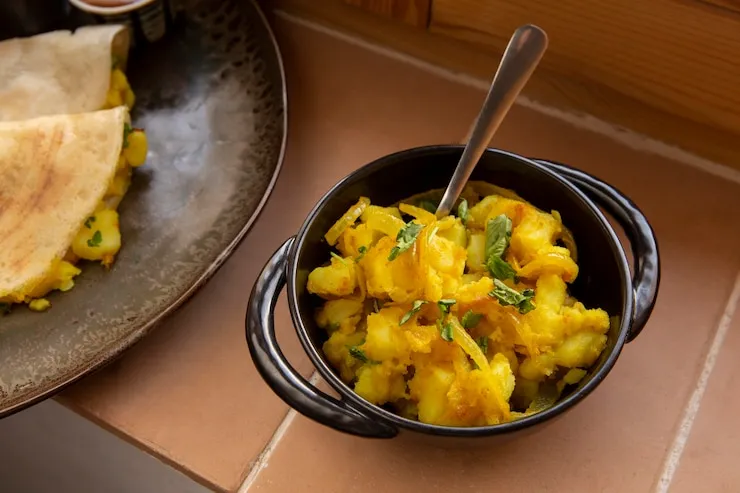
You can smell this town before you see it. Salt, fish, rain. And maybe curry leaves frying in oil.
There’s this thing they do — Karimeen Pollichathu. Pearl spot fish, marinated, wrapped in banana leaf, and grilled over a slow fire. Not fried. Grilled. Smoky outside, juicy inside. You open the leaf, and bam — the scent hits you like a memory you never had.
Or there’s Chemmeen curry. Prawns, coconut milk, mango or tamarind. Depends on the day. Thick gravy, red rice, maybe a thoran or also stir fry. It’s humble food, but big on soul.
A Kollam lunch isn’t quiet. It’s noisy. People pass plates, pour rasam, chew loud, laugh louder. Food is loud there. And good loud.
Palakkad: Blended Taste of the Border Town
Okay, this one’s underrated. It sits between Tamil Nadu and Kerala. So what happens? Cultures mix. Flavors too.
Palakkad sambar is different. Roasted coconut base. No tomato tang. It’s nutty. Rich. You pour it over red rice, maybe add ghee. Heaven.
Then there’s Koottu curry. Yam, banana, black chana. Steamed, mashed, mixed with coconut paste. It’s not pretty to look at, but that’s not the point. It fills you up. Like emotionally.
Oh, and olasada — little sweet dumplings in banana leaf. You steam them, peel the leaf back, and it smells like the past. Sticky, sweet, soft. My grandfather called it “food for the gods.” I think he was right.
Read Also: Kerala’s Ancient Food Treasures: Recipes Passed Down Through Generations
Why It Matters: It’s More Than Just Food
You ever eat something and suddenly remember a person? A place? A feeling?
That’s what savoring history: traditional dishes from Kerala’s oldest towns is about. It’s about taste carrying memory.
Your grandmother stirring payasam in an old brass uruli. The smell of jackfruit halwa during monsoon. A stranger feeding you at Onam because no one leaves hungry.
These dishes aren’t trendy. Some aren’t even on menus. They’re cooked on firewood, shared under tiled roofs, forgotten by cities but remembered by those who care.
The Disappearing Plates
But here’s the thing — it’s going. Slowly. The stone grinders are replaced by mixers. Banana leaves replaced by plastic. Recipes, once in heads, now lost with people who never wrote them down.
Kids eat pizza. Nothing wrong with that. But when no one asks for avial or pathiri, it fades. Quietly.
We’re losing food faster than we realize. And that’s sad. Because when the dishes go, the stories go too. The ones you don’t find in books. Only on plates.
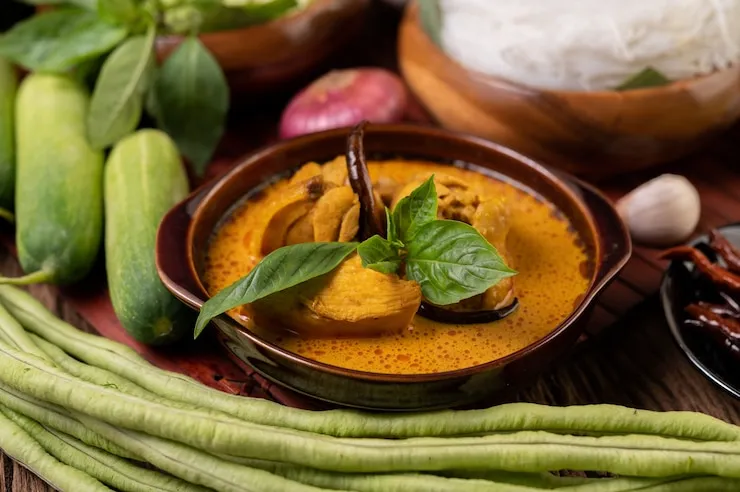
If You Ever Visit
Don’t go to big hotels. No offense, but they serve tourist curry. Go to the small towns. Ask someone’s mother if she makes rice dumplings in coconut milk curry popularly called pidi. Knock on a house in Palakkad and ask for nellikka achar (gooseberry pickle).
Walk into a temple kitchen during a festival. Eat what they give you. Taste before you photograph. Listen before you ask. Food doesn’t like being rushed.
Conclusion
So yeah, savoring history: traditional dishes from Kerala’s oldest towns — it’s not just a catchy phrase. It’s a reminder. That food came before us. That kitchens held more than fire — they held memory.
Next time you eat Thalassery biryani, or dip kappa into red curry in Kodungallur, or unwrap steamed olasada in Palakkad, stop. Don’t rush. Chew. Breathe. Remember. That’s how you truly taste time.


